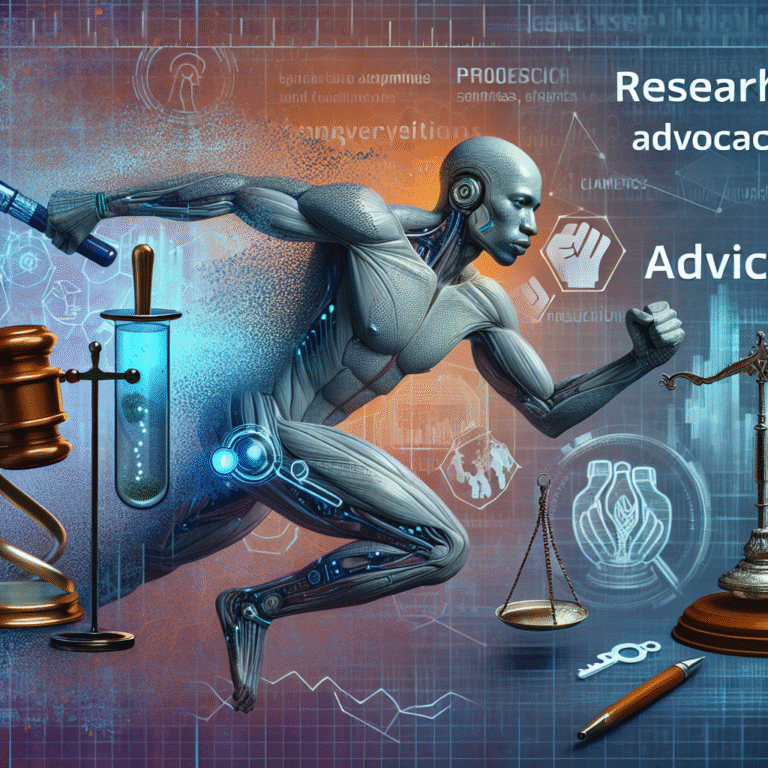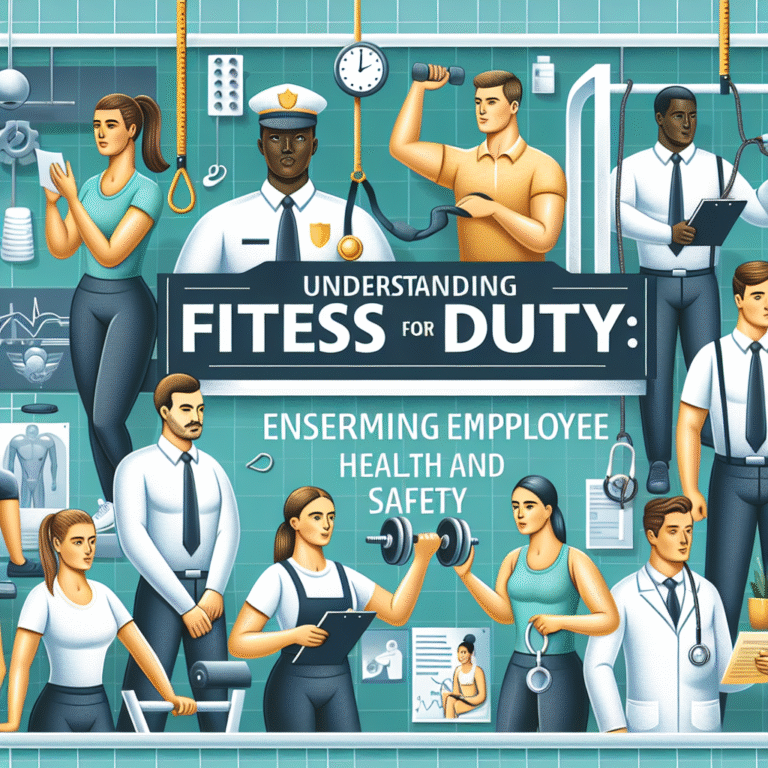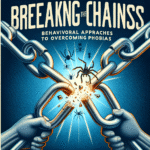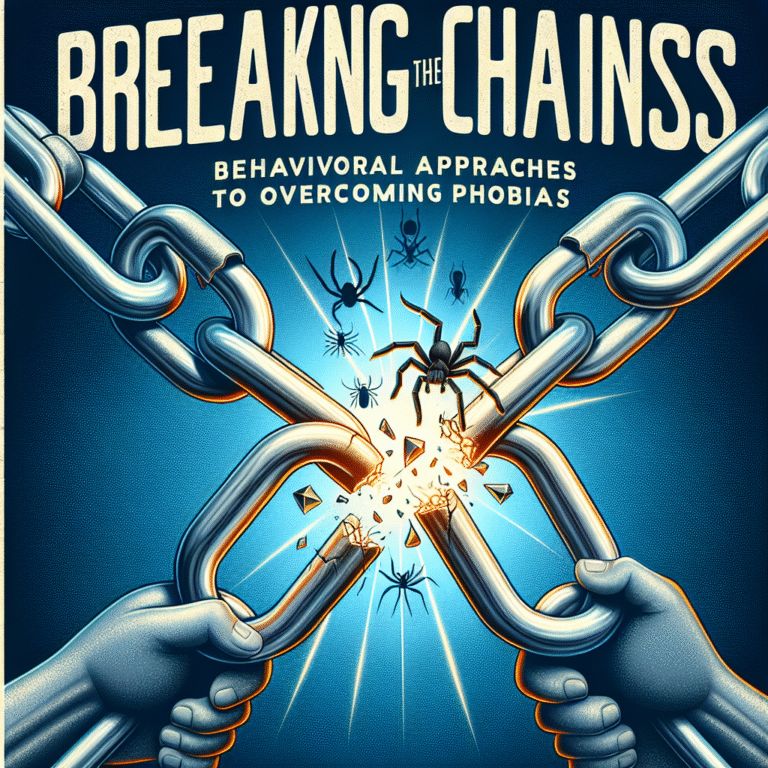
Introduction
In today’s fast-paced world, adaptability is key to success. Whether you’re crafting a business proposal, developing a personal project, or looking for ways to streamline your workflow, the phrase "Feel free to modify any of these to better suit your needs!" couldn’t resonate more profoundly. This guiding principle not only empowers individuals and teams to customize their approaches but also encourages creativity and innovation. In this guide, we will explore how modification can enhance your results, offering practical strategies, engaging case studies, and actionable insights that will inspire you to take the reins of your projects.
Understanding the Importance of Modification
The Nature of Customization
Customization is fundamentally about understanding your unique context and adapting tools, ideas, and strategies to fit your specific situation. Whether you are working with templates, frameworks, or models, modifying these resources allows you to optimize processes, enhance efficiency, and better align outcomes with your goals.
Why You Should Embrace Modification
-
Enhances Personal Relevance: Tailoring materials makes them more applicable to your needs.
-
Boosts Engagement: When people see themselves reflected in a project or material, they’re more likely to be invested.
-
Encourages Innovation: Modifying existing templates often leads to new ideas and improvements.
- Cultivates Ownership: When you adapt resources, you are more likely to take charge of the process and its outcomes.
Case Study: The Marketing Team’s Strategy Pivot
In 2021, a mid-sized e-commerce company discovered that their email marketing strategy was yielding diminishing returns. The marketing team decided to revamp their approach, employing the principle of "Feel free to modify any of these to better suit your needs!" They took a base template for newsletter emails and adapted it to fit different customer segments.
Analysis
-
Adapting Message: By personalizing the emails for various demographics, they significantly increased open rates and customer interaction.
- Impact on ROI: Their customized strategies led to a revenue increase of 30% over six months.
This case study demonstrates the power of modifying existing strategies to resonate with a targeted audience—encouraging you to apply similar adaptability in your own frameworks.
Effective Strategies for Modification
1. Identify Your Needs
Before diving into modifications, conduct a comprehensive needs assessment. Ask yourself:
- What are the primary objectives?
- Who is the target audience?
- What resources do we currently possess?
2. Research and Analyze Existing Resources
Explore available templates, frameworks, or tools that are relevant to your goals. Analyze what works, what doesn’t, and how it can be tailored to suit your needs.
3. Make Incremental Changes
Starting small can be less overwhelming and allows for experimentation. Modify elements such as:
- Colors
- Fonts
- Layout
- Content
4. Gather Feedback
After your modifications, seek feedback from peers or target users. Their insights can provide valuable perspectives on your changes’ effectiveness.
5. Iterate and Improve
The process doesn’t stop at modification—use feedback to make further adjustments. Continuous improvement will enhance your results over time.
Common Applications of Modification
Business Proposals
Most business proposals use templates; by adopting the mantra "Feel free to modify any of these to better suit your needs!", you can tailor specifics that resonate with potential clients, boosting approval rates.
Website Design
Online businesses thrive on customization. A/B testing modified elements on your site can highlight which designs yield higher conversion rates.
Educational Content
Educators can remix lesson plans to accommodate diverse learning styles, thus enhancing engagement and retention among students.
Event Planning
Modifying event schedules, themes, and layouts according to audience preferences can lead to more successful outcomes and increased attendee satisfaction.
Tools to Aid Modification
| Tool | Purpose |
|---|---|
| Canva | Graphic design and layout modification |
| Trello | Project management and task adaptation |
| Google Docs | Collaborative document editing |
| Notion | Workflow customization |
| Mailchimp | Email template modifications |
These tools exemplify how technology can assist in modifying existing frameworks, enhancing productivity and creativity in your projects.
Conclusion
The idea of "Feel free to modify any of these to better suit your needs!" is more than just guidance; it’s an invitation to innovate, personalize, and create structures that truly resonate with your objectives. By embracing the art of modification, you equip yourself with the tools for success, allowing for creativity to flourish and results to improve. So, take charge of your projects and make modifications that reflect your unique voice and vision!
FAQs Section
1. What are some benefits of modifying templates?
Modifying templates can enhance personal relevance, increase engagement, and drive innovation by making materials more applicable to your needs.
2. How can I decide what to modify?
Conduct a needs assessment to identify gaps between existing resources and your objectives. This will help you choose which elements to adapt.
3. Is it better to modify a template or create from scratch?
If existing templates don’t meet your needs, creating from scratch may be beneficial. However, modifying proven resources often saves time and encourages best practices.
4. How can I gather feedback effectively?
You can gather feedback through surveys, focus groups, or informal discussions with peers who are familiar with your project.
5. Can modification apply to personal projects as well?
Absolutely! The principle applies to any context, whether personal or professional. Modifying your ideas to suit your preferences can lead to enhanced satisfaction and outcomes.
By applying these principles and practices, you can navigate through your own projects confidently and creatively, ensuring that they not only meet but exceed your expectations.

















